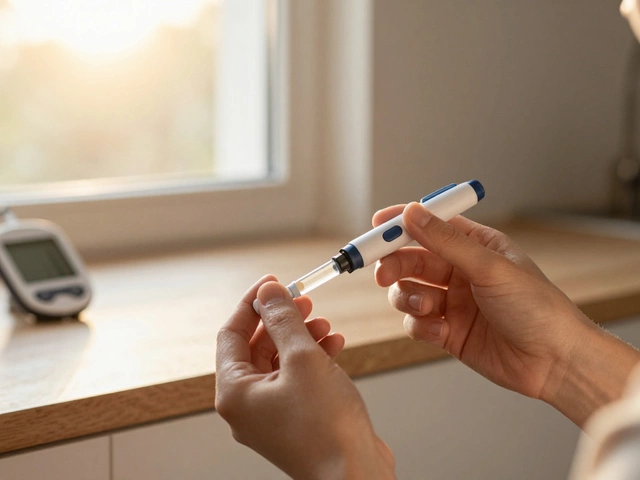US Health Care Quality – Your Quick Guide to What Really Counts
When you walk into a hospital or book a tele‑consult, the biggest question on your mind is: will I get good care? In the United States there’s a whole set of numbers, surveys, and accreditation stamps that try to answer that. Knowing which ones actually matter can save you time, money, and a lot of stress.
How Quality Is Measured in the US
First up, the government and private groups publish outcome metrics like mortality rates (how many patients die after a specific procedure) and readmission rates (how often people have to come back within 30 days). A low readmission score usually means the hospital did a good job with post‑op care and patient education.
Next, there’s the Hospital Consumer Assessment of Healthcare Providers and Systems (HCAHPS). This is a patient‑survey that asks things like “Did nurses explain your meds clearly?” and “Were you kept informed about your treatment?” High scores translate into better reputation and, in some cases, higher Medicare reimbursements.
Accreditation bodies such as The Joint Commission add another layer. If a facility is Joint Commission‑certified, it has met strict safety standards, from infection control to medication management. While accreditation alone doesn’t guarantee perfect care, it’s a solid baseline.
Don’t forget cost transparency. The Centers for Medicare & Medicaid Services (CMS) now requires hospitals to post price estimates for common services. Comparing these numbers helps you spot places that deliver quality without a crazy price tag.
Practical Steps to Spot High‑Quality Care
Start by checking the hospital’s online ratings. Websites like Hospital Compare or even Google reviews give you a snapshot of patient experiences. Look for patterns – many complaints about delayed medication or hurried discharge may signal systemic issues.
Ask your doctor about the surgeon’s experience. For procedures like knee replacement, outcomes improve dramatically after the provider has performed several hundred surgeries. A quick “How many of these have you done?” can reveal a lot.
When you receive a prescription, especially for chronic conditions, verify that the pharmacy follows safety checks. Our article on Mail‑Order Pharmacy Risks breaks down red flags to watch for, like delayed refills or lack of pharmacist counseling.
If you’re considering elective surgery, request a written recovery plan. Post‑op guides that cover pain management, shower timing, and physical therapy milestones (see our “Hardest Day After Knee Replacement” guide) are signs the team cares about your long‑term outcome.
Finally, trust your gut. If a clinic seems rushed, staff are distracted, or you can’t get clear answers, it’s okay to walk away and look elsewhere.
On this tag page you’ll also find articles on related topics – from the newest knee‑replacement alternatives to how single‑care discount programs affect prescription costs. All of them tie back to the core idea: quality isn’t just a buzzword; it’s a set of measurable, actionable factors you can use to make better health decisions.
Bottom line: by checking outcome stats, patient surveys, accreditation status, and cost transparency, you can cut through the noise and pick the right provider for you. Keep this checklist handy next time you book an appointment, and you’ll feel a lot more confident about the care you receive.


